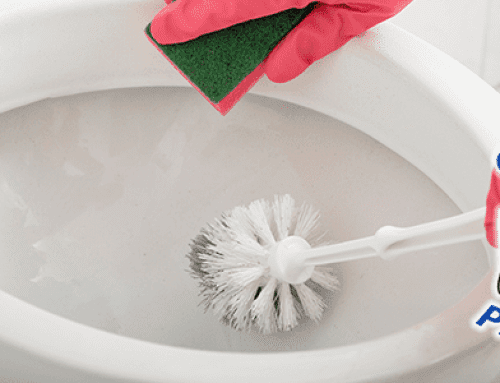People nowadays tend to take indoor plumbing for granted. We are used to being able to turn on a faucet, or bath, or shower and have water instantaneously. However, the history of plumbing actually begins 6000 years ago. There was certainly no indoor plumbing then. This week and next week, we are exploring the history of plumbing. Read on to learn the ancient origins of today’s indoor plumbing.
Ancient Asia & Africa
The oldest known water pipes are from the Indus River Valley in India. The pipes date back to 4000 BC. They are made from massive stone structures, and the pipes themselves are nearly big enough for a human to fit into.
There is also evidence of early plumbing in Egypt around the Nile River. The Egyptians used canals, irrigation ditches, and basins in order to develop agriculture in an otherwise desert country. While this early technology is not considered plumbing today, it is essentially the earliest predecessor of modern plumbing.
Fast Forward 1500 Years
In approximately the same region as the oldest known waterpipes, there is the first evidence of sitting toilets in 2500 BC. Nobody knows who actually invented the sitting toilet, or if it was around before this evidence shows. However, there were enough sitting toilets in the region to survive to modern day.
Egyptian plumbing developed at a rapid pace due to their religious beliefs. The Egyptians believed that people could literally “take it with them” when they died. As a result, pyramids and tombs include food, clothing, and even bathrooms. They favored copper pipes in order to build sophisticated bathrooms with proper water flow and sewage systems, all inside a pyramid.
Ancient Greece & Rome
If we jump another 1000 years forward, we find a toilet that is shockingly similar to a modern one. Ancient Greeks invented the first flushing toilet, it even had a wooden seat. During this time period, the ancient Greeks also developed the predecessor to modern sewer systems.
Ancient Romans are known for their plumbing. They had a complicated and sophisticated system of aqueducts, sewers, baths, and piping, that resemble our current system today. In Rome alone, there was over 200 miles of plumbing. Roman baths and the richer private homes even had complicated and expensive fixtures made out of marble.
The Jump To The 1600s & 1700s
At the turn of the 16th century, flushing toilets finally came to the UK. The first person to have one was Queen Elizabeth the First, in her Richmond Palace.
Plumbing got another huge advancement when Louis XIV built Versailles. The ground is infamous for its beautiful gardens and landscaping. However, the fountains needed water and the ground needed irrigation. The King ordered that a plumbing line be constructed from a nearby plumbing station to the Palace in order to feed his grounds water. That line carried water approximately 15 miles to the Palace.
Come Back Next Week
For the rest of the story.




